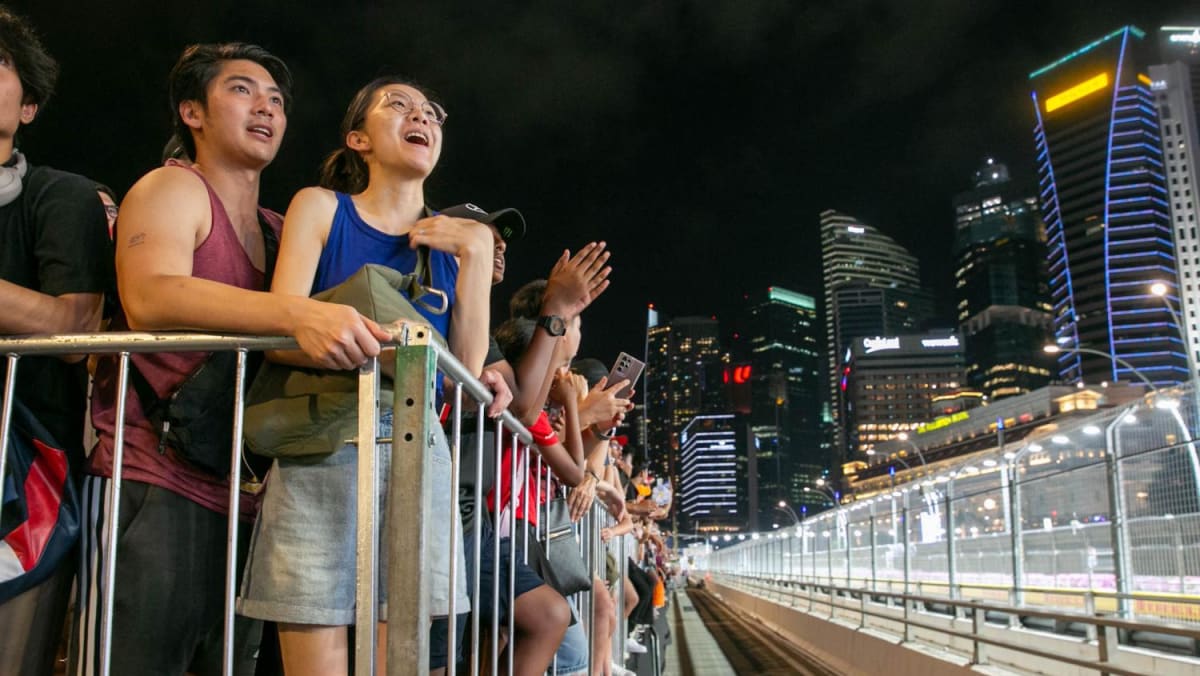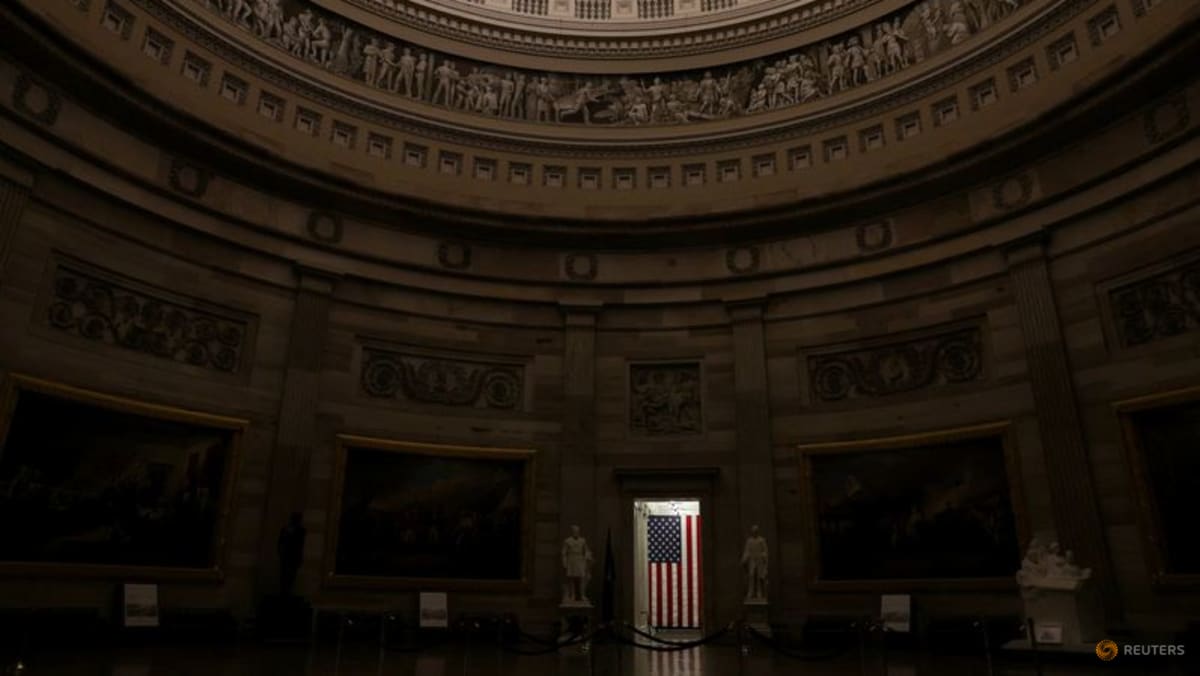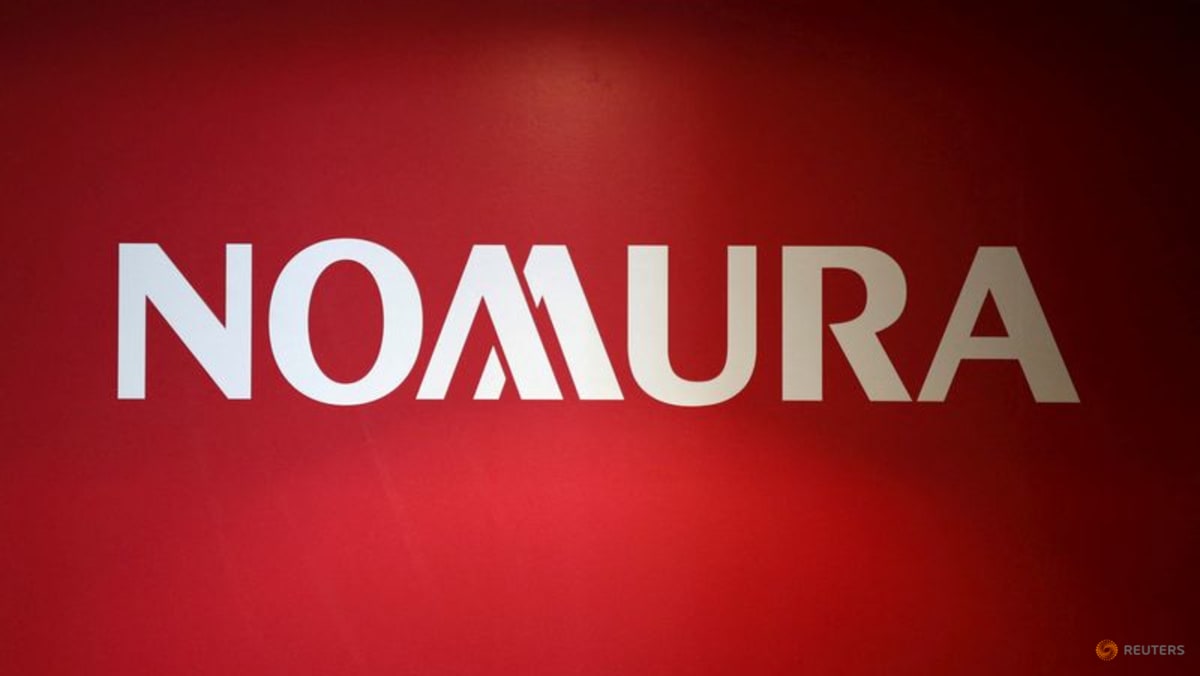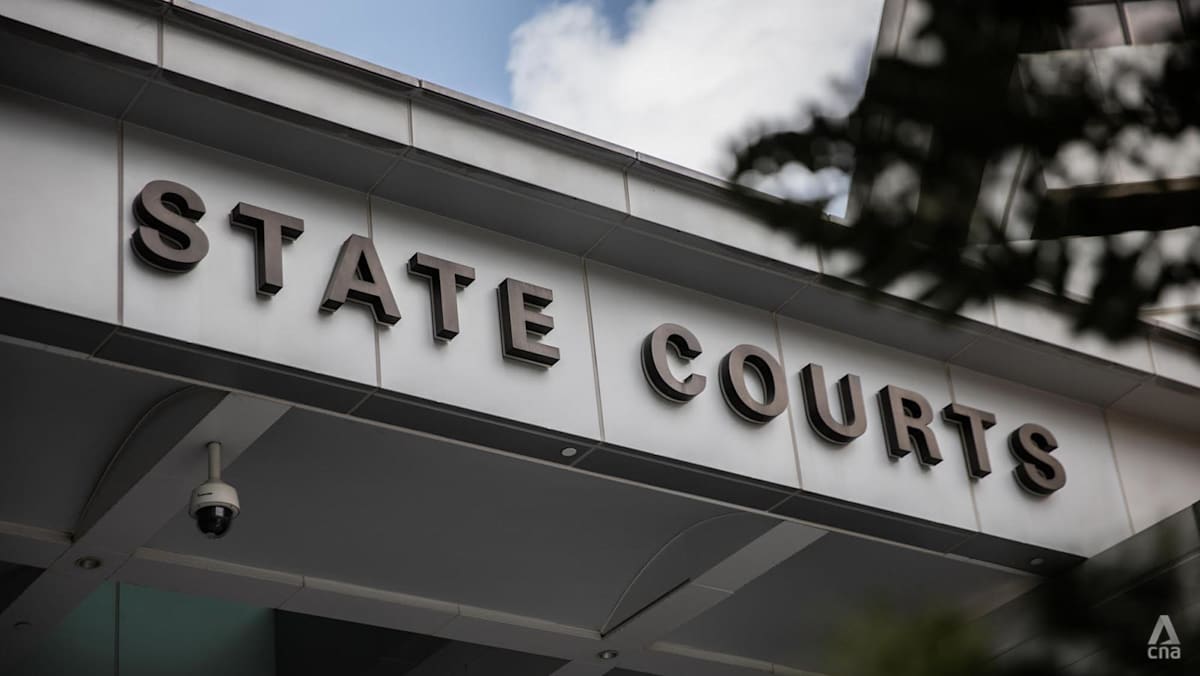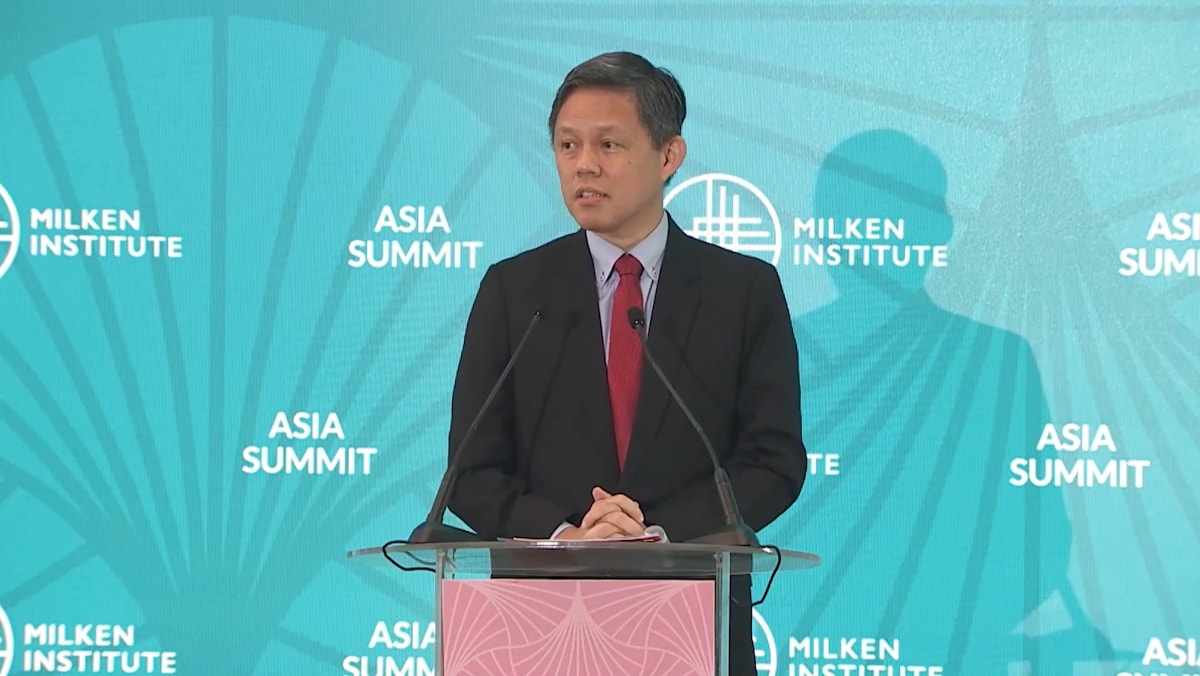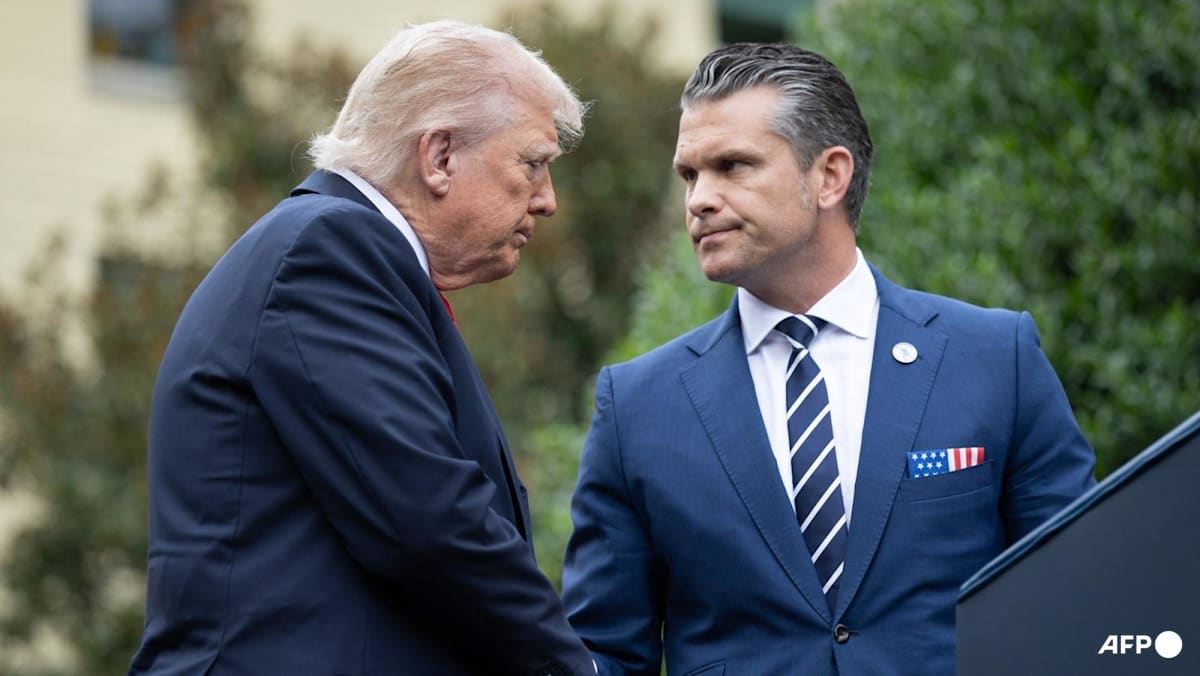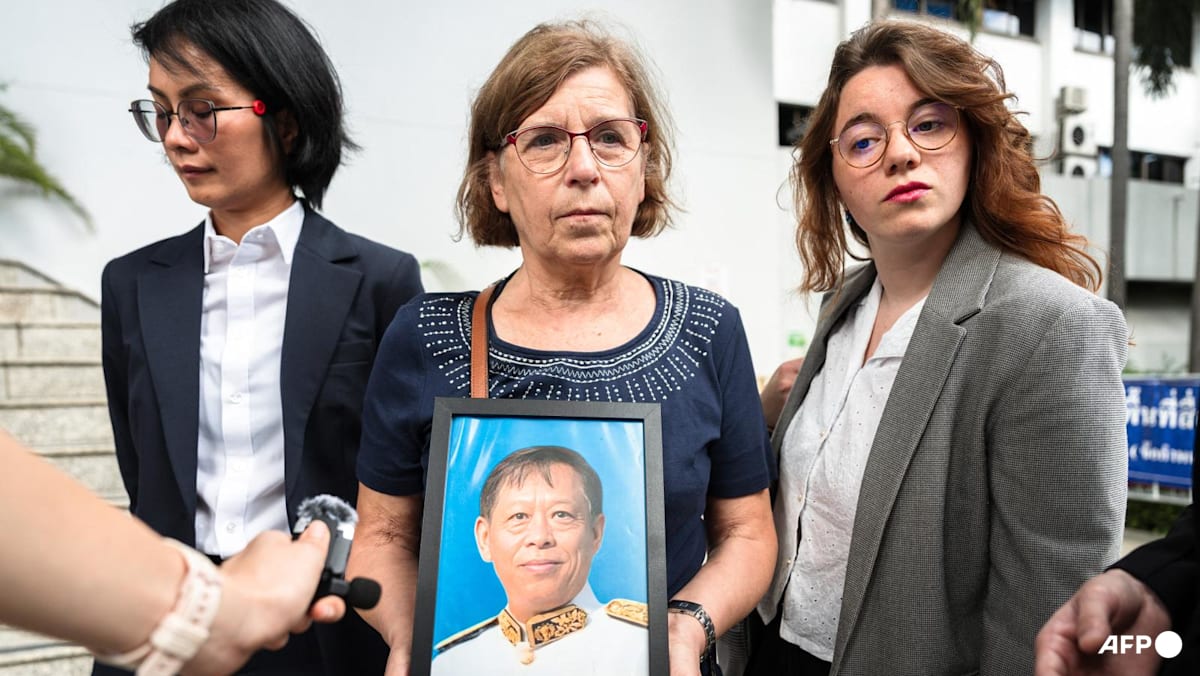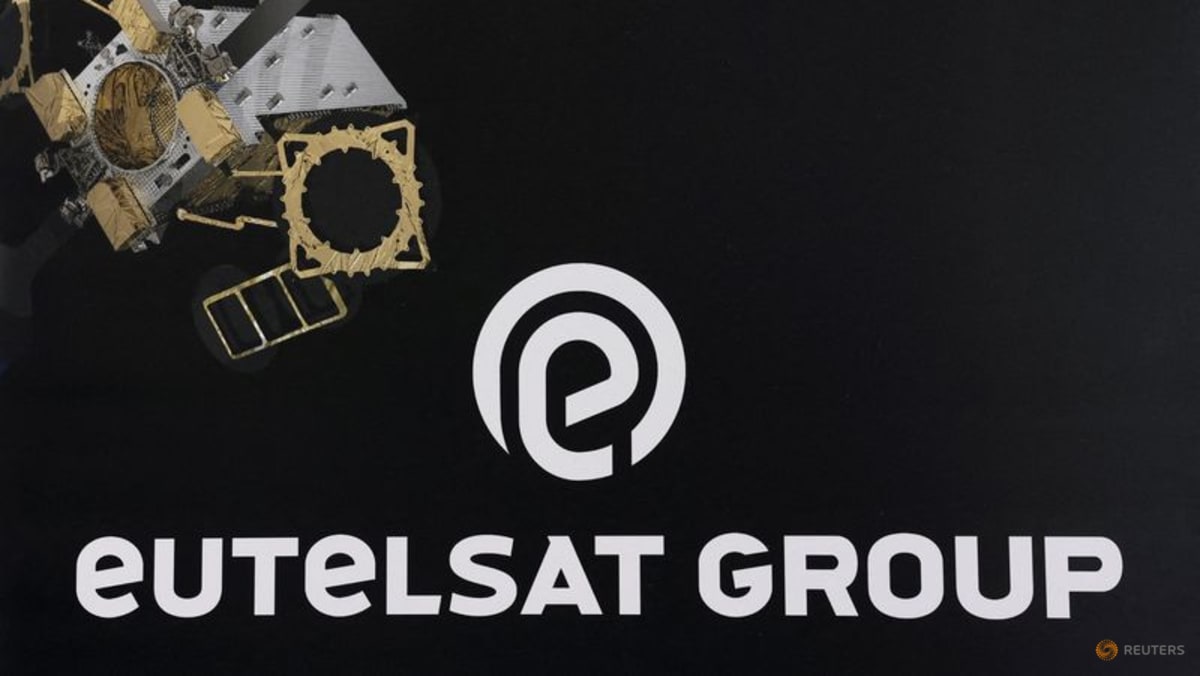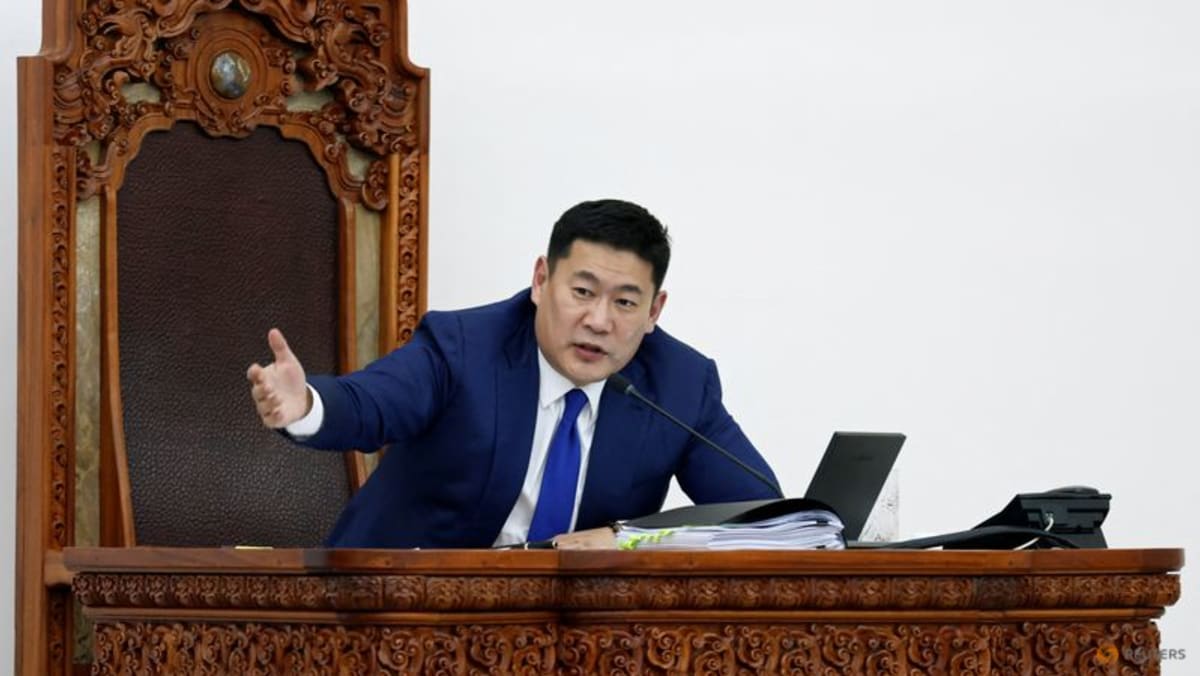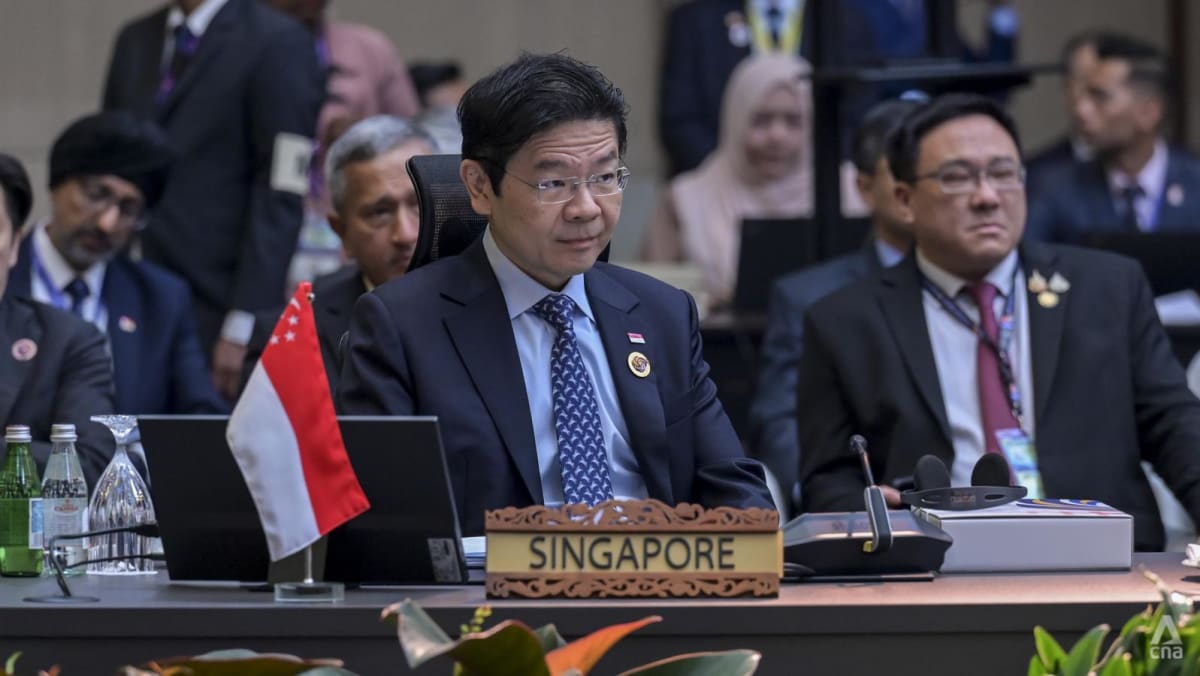SINGAPORE: A dizzying morning of events in the Middle East on Tuesday (Jun 24) has raised hopes that all sides involved can now claim some measure of victory and begin climbing off the escalatory ladder.
Iran went first, retaliating against American strikes on three of its nuclear facilities over the weekend with a volley of seven missiles towards the Al Udeid Air Base in Qatar, which houses United States troops. The first missiles were intercepted and destroyed over the sea as they entered Qatari airspace.
Shortly after, a reported 12 Iranian missiles were fired in a second wave of attacks at the air base, according to Qatari officials. This time, 11 missiles were intercepted, while one hit the target.
Iran duly claimed victory, with a spokesman for its armed forces stating that its attack was a warning to “our enemies that the era of hit and run is over”.
Iran’s supreme leader, Ayatollah Ali Khamenei, said later in an X post that “those who know the Iranian people and their history know that the Iranian nation isn’t a nation that surrenders”.
It was clear, however, that the Iranians telegraphed their intentions to avoid inflaming the situation: Warnings of their impending strikes came ahead of time, when Doha announced the temporary closure of its airspace, following messages from Britain’s Foreign Office and the US Embassy in Qatar for their nationals to take shelter.
These recommendations, made “out of an abundance of caution”, were echoed by a reassurance from Qatar’s Foreign Ministry that the “security situation ... remains stable”.
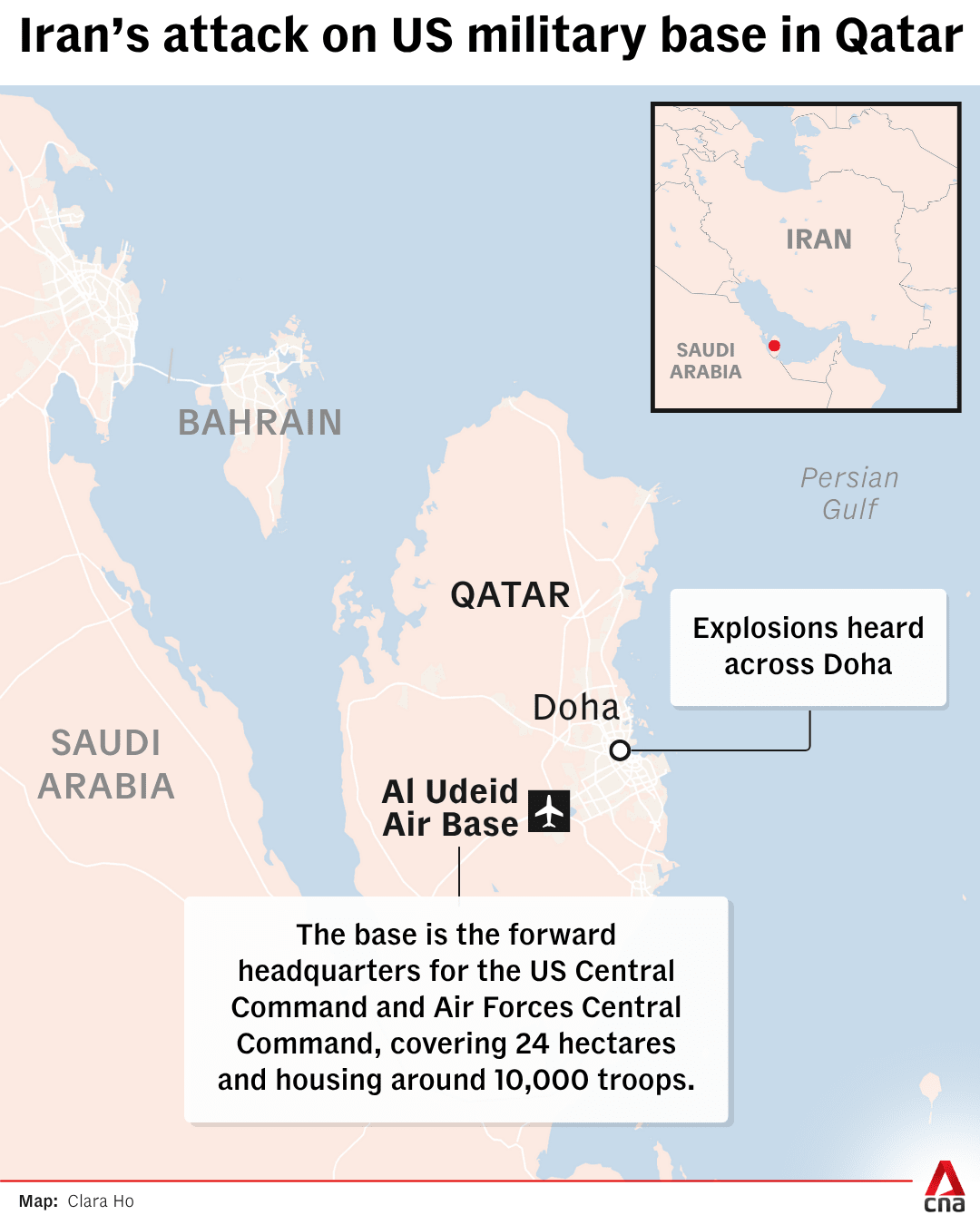
IRAN’S MESSAGE: NO APPETITE FOR A WIDER WAR
Iran’s retaliation against the US was clearly a calculated, face-saving measure designed to ensure that it was seen to respond, but with minimal damage. All but one of the Iranian missiles in the second volley of strikes were intercepted, and the one that did get through fell harmlessly.
Satellite imagery also showed that planes and drones had been cleared off the Al Udeid base’s tarmac before the strikes, another hint that they were pre-orchestrated.
More eyebrow-raising is the fact that the aircraft and equipment from Al Udeid base were moved to Saudi Arabia – the only Gulf Arab country where air movement was business as usual. This hints that the Saudi leadership was sufficiently confident that the Kingdom would remain outside of the missile zone.
Nevertheless, Tehran can now claim a political victory by having targeted the US’ largest base in the region – one that is in a Gulf nation that it arguably has the closest ties with, and with which it shares the world’s largest gas field. This provides cover for the fact that minimal damage was caused. The message from Tehran was clear: There is no appetite for a wider regional war.
WILL THE CEASEFIRE HOLD?
The US can also claim a win. President Donald Trump, in typical credit-grabbing fashion, called the Iranian attack a “weak response” for which Washington was given “early notice”. But he also added that the attack allowed Tehran to get the US strike “out of their system”, and followed up by extending an olive branch.
In a subsequent post, Mr Trump announced a ceasefire between Iran and Israel and claimed credit for bringing peace to the two archrivals. “An official end to the 12-day war will be saluted by the world,” he said.
In doing so, he left out a key fact: Qatar, the target of Iran’s retribution, reportedly helped mediate the ceasefire deal. Iran’s Foreign Minister Abbas Araghchi later signalled an openness to a truce, and state media later confirmed that a ceasefire was in place.
That leaves Israel, which can also claim victory. Tel Aviv, on accepting the ceasefire proposal, said it did so after "achieving the objectives" of removing Tehran's nuclear and ballistic missile threat.
Israel had "inflicted severe damage on the military leadership, and destroyed dozens of central Iranian government targets", said Prime Minister Benjamin Netanyahu in a statement.
Mr Netanyahu had said two days earlier on Jun 22 that Israel was “very, very close” to realising its goals in the conflict. Continued strikes against other targets, including installations of state control such as the notorious Evin Prison which houses political detainees, surely allowed him to claim that all of his objectives were met.
Just before the confirmation of the ceasefire deal, there were reports of both Iran and Israel exchanging fire. These can probably be put down to the proverbial “last bursts of fire” that usually accompany ceasefire deadlines.
There remain two major questions that will determine whether a lasting truce will hold.
The first is whether there is sufficient pressure applied on Israel by the US to adhere to one. More importantly, it will depend on whether Washington and Tehran can come to a diplomatic agreement that ensures Iran’s nuclear programme remains off the table.
Reports of direct talks since last Sunday’s US strikes between Mr Trump’s Middle East envoy Steve Witkoff and Mr Araghchi may provide optimism, but Tehran will need further assurances, having been stung twice in quick succession – first, when Israeli strikes scuttled the sixth round of nuclear talks; and second, when US attacks on nuclear facilities took place after Mr Trump himself tabled a two-week negotiating window.
Now that all sides can claim victory in public – but with Iran clearly having come off second-best – there is now perhaps more optimism that cooler heads will finally prevail.
Clemens Chay is Research Fellow at the Middle East Institute, National University of Singapore.

